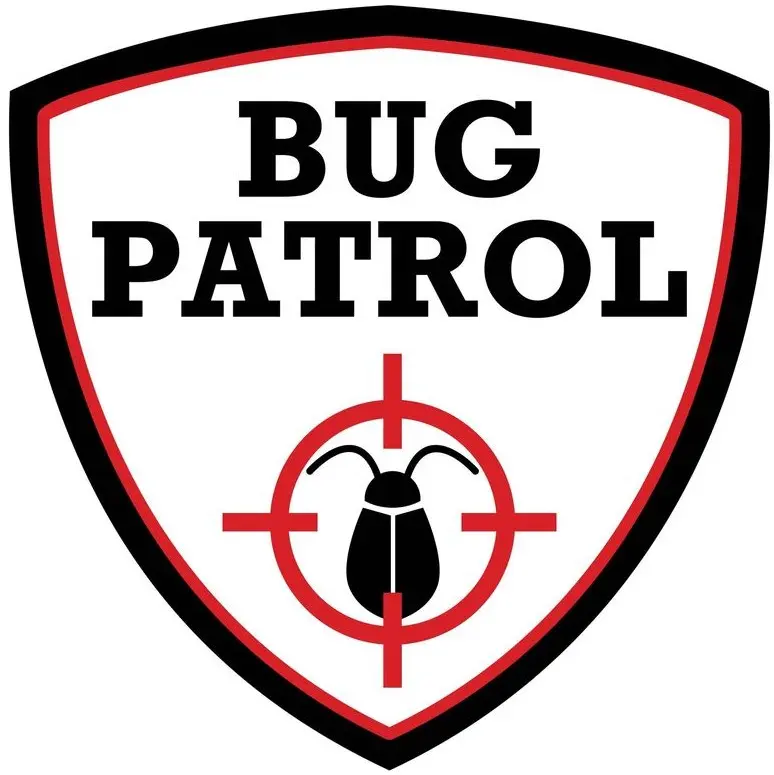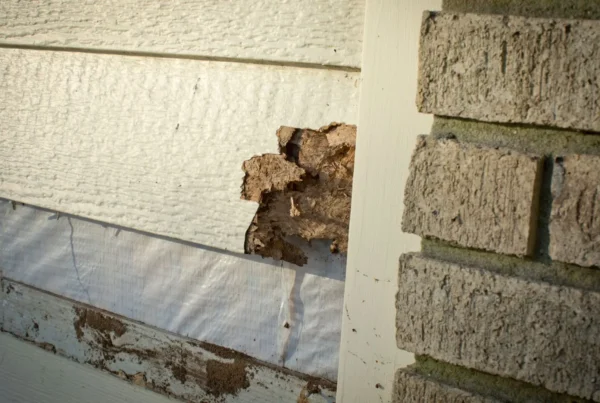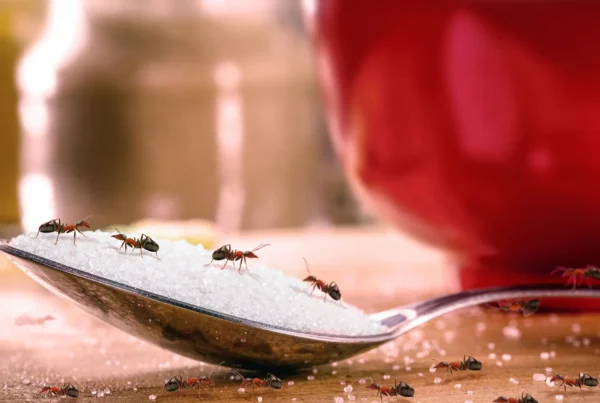The Antelope Valley region in California is no stranger to drought conditions, with its semi-arid climate and limited precipitation. While droughts pose numerous challenges for residents, one often overlooked aspect is their impact on pest activity.
Understanding the Link Between Drought and Pest Activity
Drought conditions can significantly alter ecosystems, affecting both the abundance and distribution of pests. As water becomes scarce, pests may seek alternative sources of moisture, often invading homes and businesses in search of shelter and sustenance. Additionally, drought-stressed plants are more susceptible to pest infestations, creating favorable conditions for pest proliferation.
Common Pests During Drought Conditions
In the Antelope Valley, certain pests thrive in arid environments and become more prevalent during drought periods. Some common pests to watch out for during droughts include:
- Ants: As natural water sources dry up, ants may invade homes in search of food and moisture.
- Cockroaches: These resilient pests are attracted to warm, dry environments and may seek refuge indoors during droughts.
- Rodents: With diminished food and water sources in the wild, rodents may venture closer to human habitats in search of sustenance.
- Spiders: Drought conditions can drive spiders indoors as they search for prey and shelter from extreme temperatures.
Strategies for Pest Prevention During Droughts
To minimize the risk of pest infestations during drought conditions, homeowners in the Antelope Valley can take proactive measures, including:
- Maintain Proper Hygiene: Keep indoor and outdoor areas clean and free of food debris to deter pests.
- Seal Entry Points: Seal cracks, gaps, and openings around doors, windows, and utility penetrations to prevent pest entry.
- Reduce Moisture: Address leaky pipes, faucets, and irrigation systems to eliminate standing water that attracts pests.
- Trim Vegetation: Keep shrubs, trees, and vegetation trimmed away from the perimeter of the property to reduce harborage areas for pests.
- Invest in Professional Pest Control: Enlist the services of a professional pest control company for regular inspections and treatments tailored to drought conditions.
In the Antelope Valley, drought conditions can have a significant impact on pest activity, increasing the likelihood of infestations in and around homes and businesses. By understanding the link between drought and pest behavior and implementing proactive pest prevention strategies, homeowners can safeguard their properties against unwanted invaders, even in the face of water scarcity. Get In Touch with Bug Patrol.




